Meet an Educator is a monthly series by Early Bird, where we feature the work of educators across India who are actively spreading the joy of birds and nature. This month’s featured educator is Ovee Thorat, an educator who collaborates with school teachers in Kashmir on nature learning.
Do tell us about yourself, where you are from, and your work.
I am a Political Ecologist with an interest in the politics of conservation, especially in grasslands and other landscapes used by livestock-keeping communities. Last year, I started working with Nature Classrooms as a fellow, collaborating with school teachers in Kashmir on nature learning. This experience helped me engage with nature learning more seriously.
I am also working on creating a gender toolkit for researchers and practitioners working with livestock communities with Anthra, a Pune-based NGO. Although I was born and brought up in Mumbai, other places like Karnataka, Kachchh, and Kashmir have also become parts of home due to the people and spaces there.
What excites you about the natural world?
The sense of wonder and beauty we can feel in the natural world is unlike anything else. I remember many years ago standing on a small rock in the middle of the Kaas Plateau in Maharashtra and feeling unexplainable happiness in an open space full of wildflowers while being lashed by wind and rain.
Back in Mumbai, a Blue Mormon flying through a packed BEST bus, the vibrant life of the sea despite its pollution, and the way ordinary citizens would come together to protest the cutting down of a group of trees, all fueled my curiosity as a teenager. The “natural” world also becomes a mirror of human society’s conflicts and injustices.
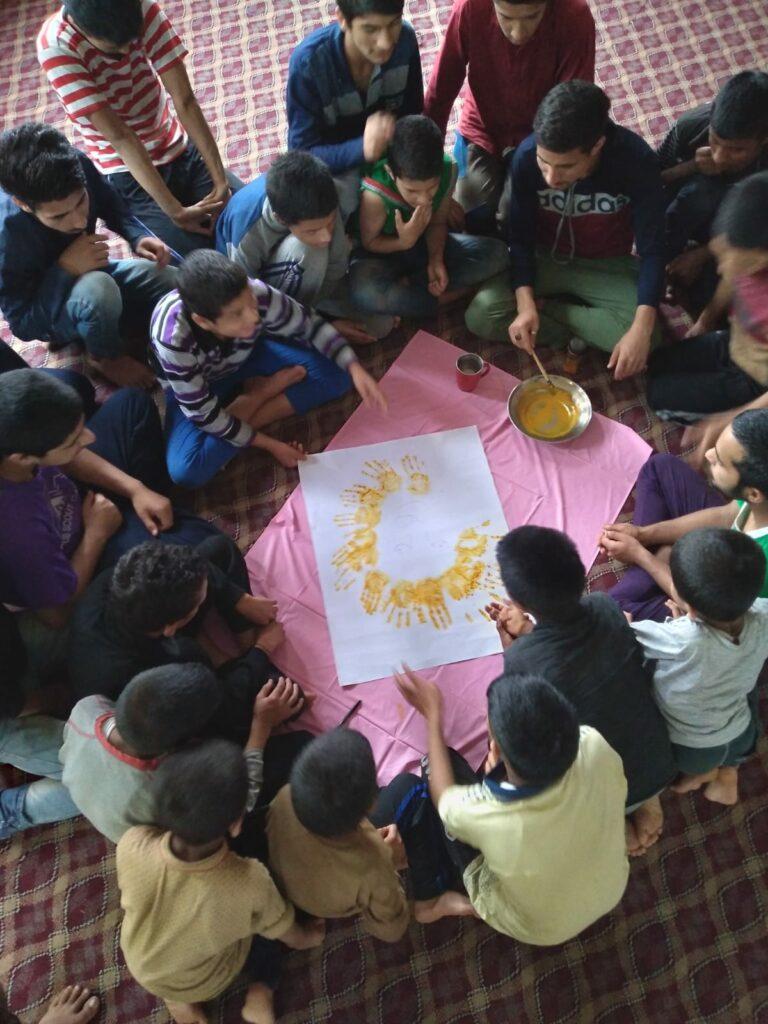
I do not believe that the natural world is separate from humans, and it is the interrelationships that truly fascinate me. It is the number of questions we ask and answers we can get, and that too so easily, which continues to engage me with the natural world personally and professionally.
When and how did you get interested in bird/nature education?
Being the daughter of two excellent teachers, I always had a keen interest in, and respect for, the field of education. However, it was only during my college years, when I started working as a volunteer in nature conservation activities, that I was pushed into conducting nature trails. Since then, although I chose a more academic field, some amazing people who worked in nature learning remained close.
I sometimes wrote articles in Marathi or had sessions on All India Radio on various aspects of the environment and conservation. It was only post-COVID that I started getting into nature learning more seriously. In the last few months, working with Nature Classrooms has not only helped me gain further interest but also provided me with some amazing colleagues and resources to continue working in the field of nature learning.
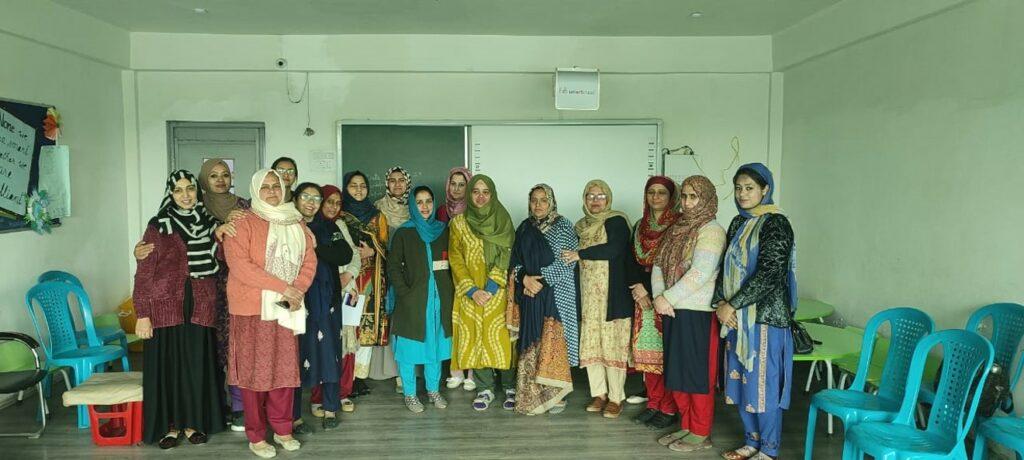
What do you hope to achieve through your education work?
I hope that we recognise the importance of existing systems such as teachers and schools in nature learning. As part of the Nature Classrooms approach, we work closely with teachers. I hope that interested teachers, and even parents, continue to find opportunities to collaborate with nature educators and resource creators to transform spaces such as neighbourhoods, homes, school campuses, and public spaces, into nature learning spaces.
I hope that we explore the nature socio-emotional learning (NSEL) aspects of nature learning. Thanks to my colleague Priyanka, I have been learning more about this, and we hope to integrate it further into our work. I also hope that the work I do is inclusive and more context-based. This could simply mean that Z is not just for Zebra but for Zalur (spider in Kashmiri). Lastly, I hope that we remain critical of our work so we can identify its weaknesses and improve upon them.
Why do you believe it is important for children to learn about birds or connect with nature?
To let their imagination take flight. To simply be in awe. To be curious. To nurture a sense of wonder. To learn to ask questions. To develop a keen eye and critical thinking. To see and feel the various textures, colours, sounds, and smells that exist around. To provide fodder for their innate curiosity and creativity. To experience interacting with the surroundings.
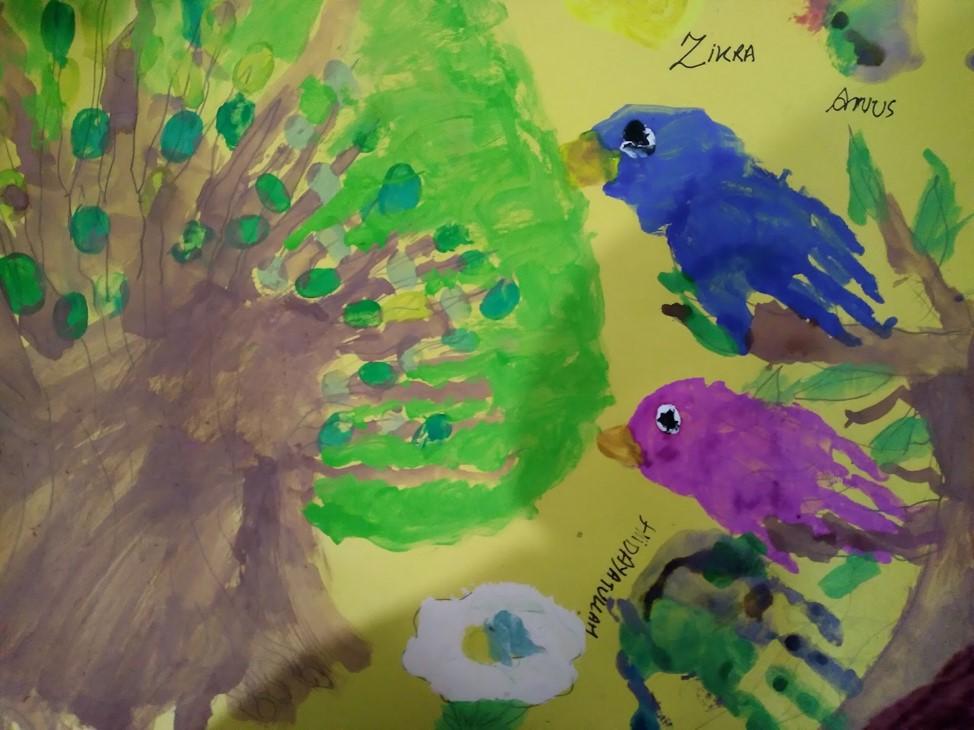
To replace digital experiences with analogue where possible. To develop empathy for anything that is not human, but also with humans. To develop a connection which grows into care for the world around them. To create memories with self and others. To listen. To be silent, but also to sing along with a bird too.
What tools or resources have helped you in teaching about birds? Can you describe an approach that has worked exceptionally well for you?
It helped that Nature Classrooms had a wealth of existing resources, a larger network within the field of nature learning, and supportive colleagues. The Nature Classrooms pedagogy has helped me a lot. It is learner-centric, experiential, inquiry-based, and well-being-focused. Identifying and focusing on such qualities helps ground me in my work.
There is a simple, action-oriented checklist made up of 12 questions connected to the Nature Classrooms pedagogy for teachers who would like to use the existing EVS syllabus or lessons from EVS textbooks for nature learning. To give you an example, does the lesson have innate biases, or is the lesson relatable to children’s lived experiences?
Such questions are incredibly useful in designing nature learning sessions and resources while also enabling us to be critical of our own work. Lastly, reaching out to other individuals and organisations involved in nature learning and having conversations with them has been very helpful.
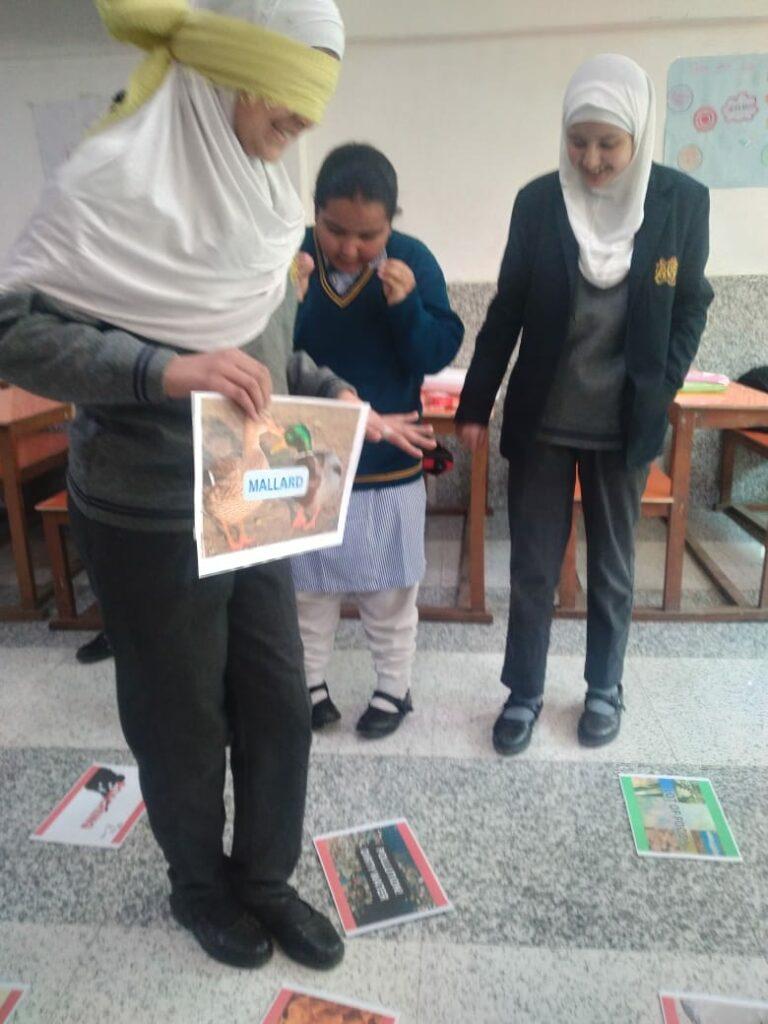
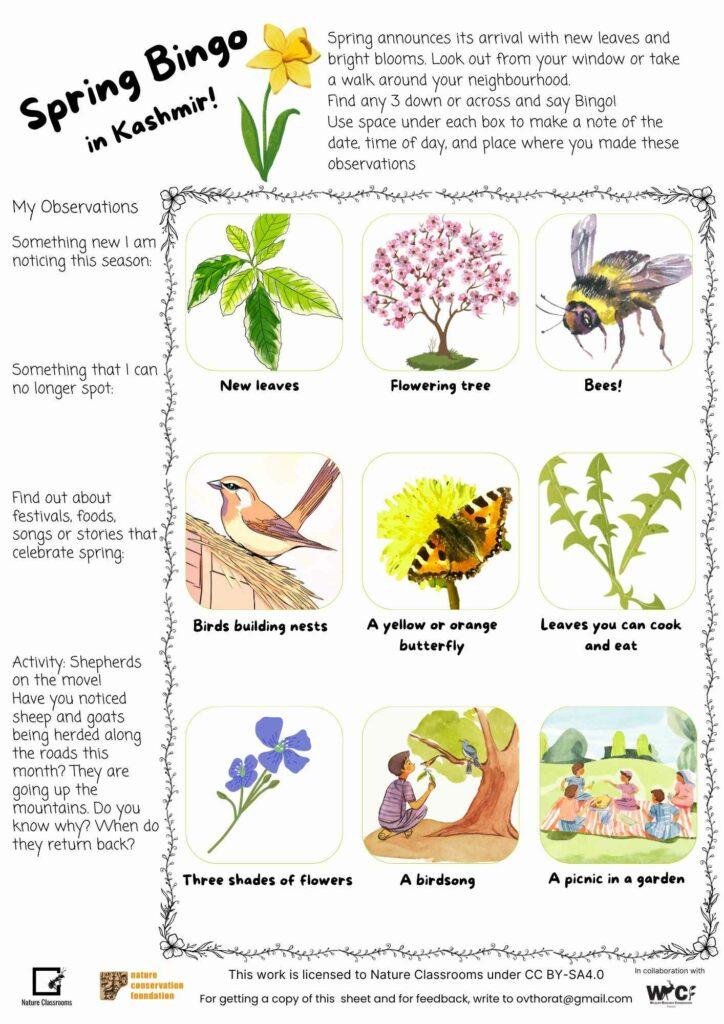
Have you encountered a significant challenge as a bird/nature educator, how did you overcome it?
One challenge I faced when I started working in Kashmir was learning the local names of animals, birds, plants, and insects. The ecology of the Western Himalayas was entirely new to me, but I realised that to truly connect with the nature around me, I needed to know how the local people did. There is, of course, some material online, but I asked my close friends, colleagues, and family in Kashmir about the names of the creatures around me. Learning about and listening to Kashmiri stories of birds and animals also helped.
Secondly, not being from the field of education has given me a weak foundation in understanding and engaging with topics such as educational philosophy. At such times, a lot depends on how much you can self-learn. Thankfully, we have regular reading and discussion group meetings at Nature Classrooms, which help me learn faster and better, building a stronger foundation in the field of education.
Do share any memorable moment or experience you have had in teaching kids about birds/nature. Can you recall any insightful instance that shaped your perspective?
Storytelling as a medium of nature learning has fascinated me since my childhood, and I try to integrate it into my current work whenever possible. There is a lovely series of books by Grace Paljor, a school principal and nature educator in Kashmir. The books contain rhymes and stories for young children, including one about two Streaked Laughingthrush brothers. Locally called Sheene Pippin, this bird is associated with the coming of snowfall (sheen meaning snow in Kashmiri).
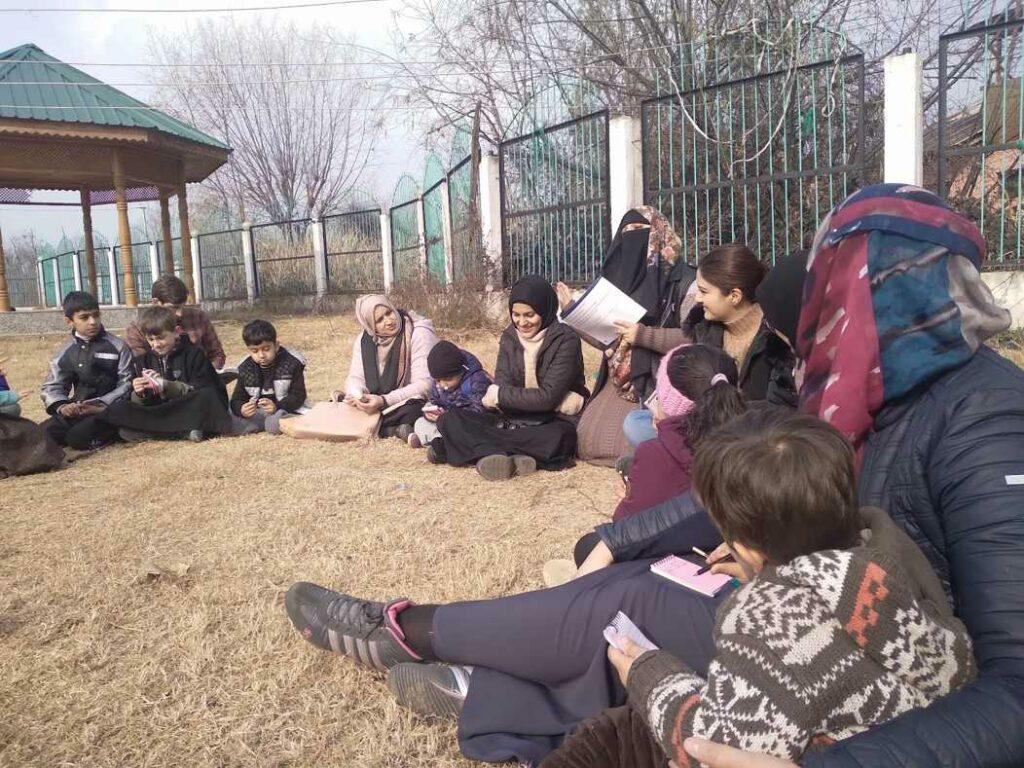
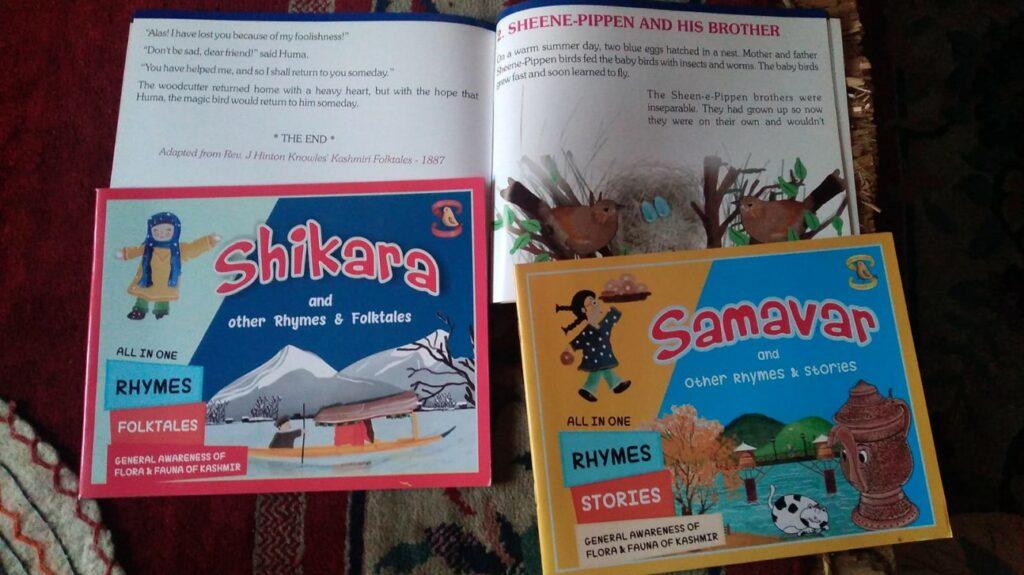
On a bird walk, I once offered the story to be read by one of the after-school teachers walking with us. She told the story so well! She wove in personal elements, including references to relatives, and made it connect to the everyday world of the audience, which was composed of teachers, parents, and their children. I was mesmerised by how she told the story. Just as she finished, two Streaked Laughingthrush appeared in the bushes behind us, allowing everyone to see and hear the birds.
The experience showed me that inviting participation, having more open sessions, and exploring different media can be very rewarding.
Have you noticed any changes in your learners after they received exposure to birds and nature-based learning? If yes, what are they? If not, why do you think that is?
There has not been as much sustained contact with a group, so it is difficult to notice changes. I believe that to note a change, I will have to work more closely and regularly with the people I work with for a longer time. In one school where I have had multiple interactions with teachers, I see them being more interested, taking the initiative to include nature learning in their school activities, and documenting and sharing their observations about the natural world.
I see more individuals and teachers in the region reaching out to share their experiences. In neighbourhood children who have been part of nature learning activities, I see an increase in observation and documentation skills as well as an increased sense of empathy.
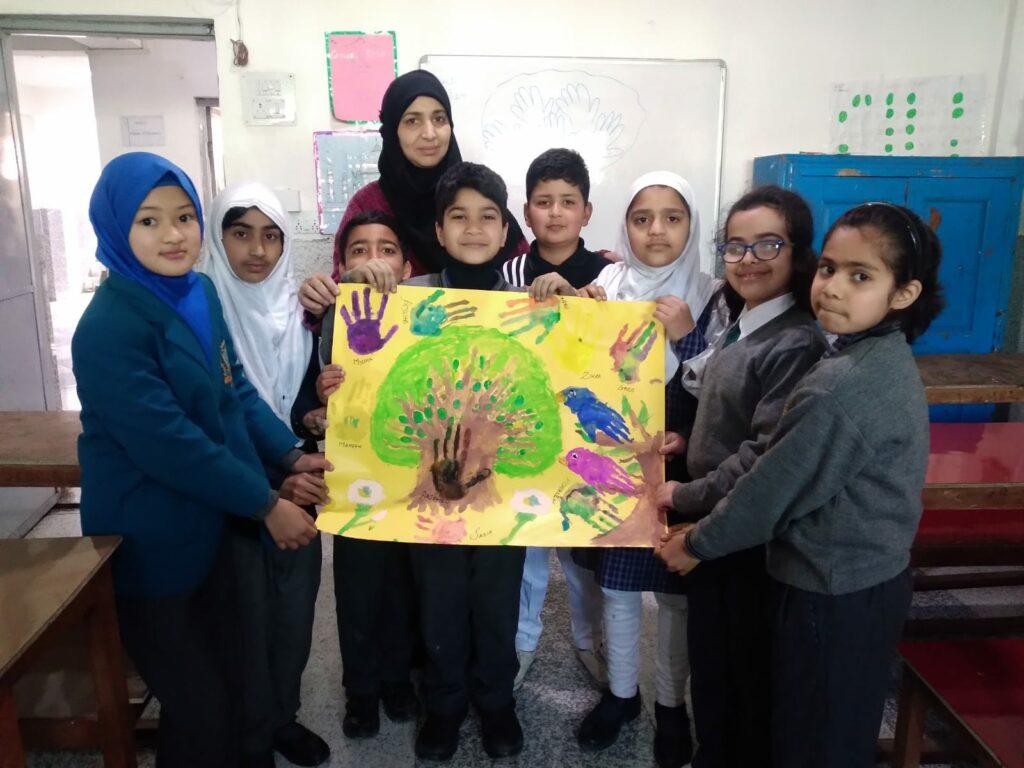
What message would you have for your fellow educators, or somebody starting out in their nature education journey?
That, like every teacher, we have to learn continuously too. There are a lot of existing resources to work with and people who are ready to share their enthusiasm and experiences of nature learning. It is a small community, but it is a good one. Remembering our past experiences with nature and creating new experiences definitely helps in being in touch with the WHY of this work.
Let the creative side flourish and lead you into designing activities; it also enables us to see from the point of view of the children we work with. Lastly, do not let go of that critical eye. We need to identify areas where we have not been successful too and work on those further to take it to spaces and people we might have not engaged well with.

